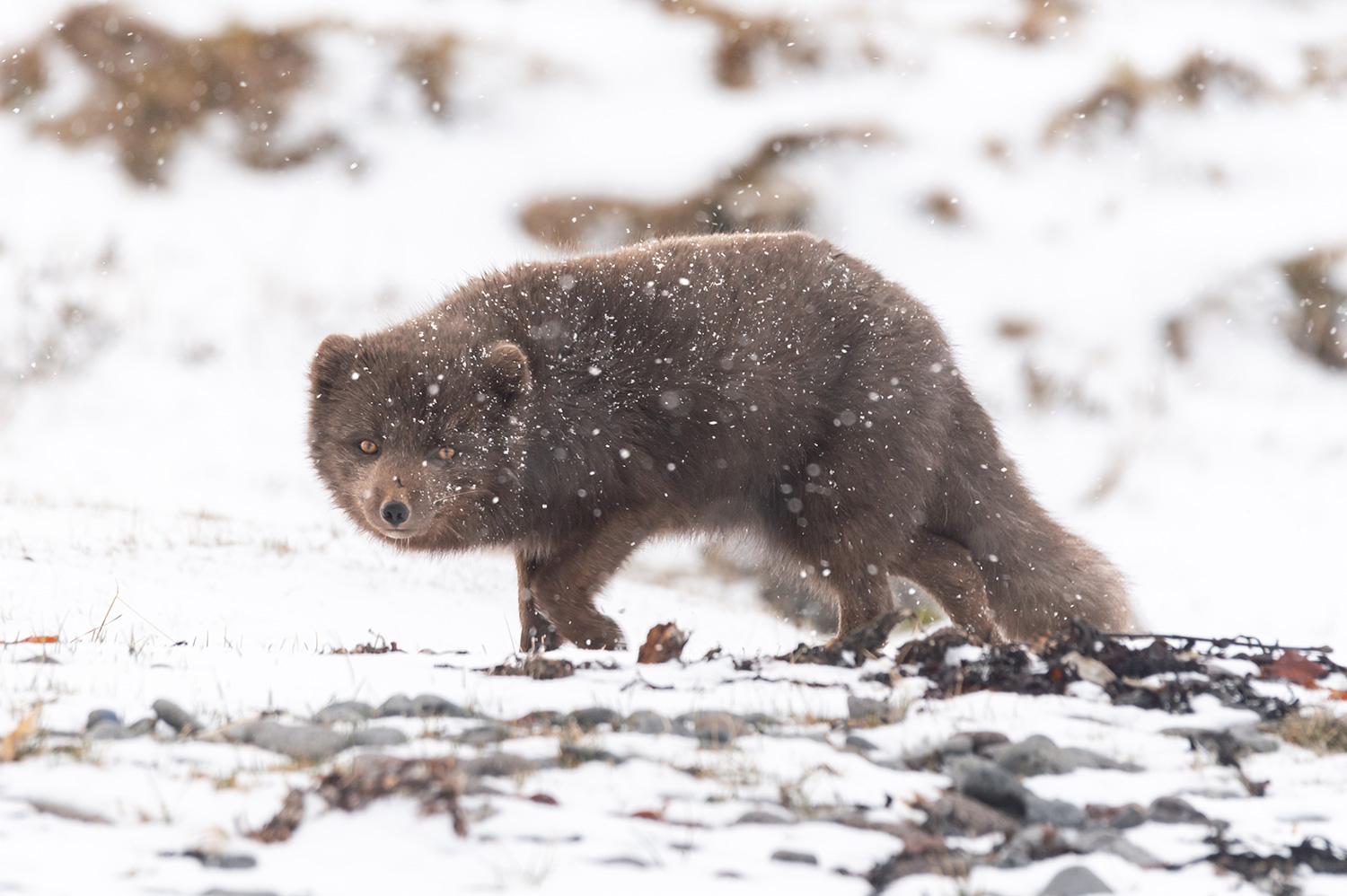
This March, I set down my luggage in the Westfjords of Iceland. My aim was to see the Arctic Fox in winter.
The Westfjords is an isolated region, far from the tourist masses, and not the most accessible in winter. It was in the village of Súðavík that my friends Rodolphe and Stéphanie welcomed me.
To observe the Arctic Fox in its natural environment, in winter, is a most exciting mission. There is of course Hornstrandir nature reserve, but the foxes are completely accustomed to humans. Behaviour is therefore sometimes skewed.
My friends pointed me to a completely wild area, a peninsula accessible on foot, where they were able to observe fox cubs last summer. A naturalist’s paradise. So that’s where I’ll be pitching my tent for a few days.
After a first day of scouting with Rodolphe, I got into the swing of things and realised that there were a lot of foxes – the footprints left no doubt! The snow tells stories that I love to read.
Time to get ready and my trip to the peninsula begins.
The silence of nature
When you arrive in the Westfjords, silence reigns. As in all northern regions, the animals are discreet. Only the approach of spring awakens the birds. This coincides with the mating season of the Arctic Fox, which in turn makes itself heard.
My temporary home is a tent, protected by the ruins of an old stone house. A ruin that reminds us that humans once lived here. This ruin, spotted during the first day, allows me to sleep peacefully and enjoy a few moments of rest sheltered from the dreaded Icelandic wind.
Living here for a few days is both an immense inspiration and a physical challenge. Static positions (for observation) quickly become very trying. The wind freezes everything in its path. At night, the lowest temperatures transform the humidity inside the tent into ice crystals. It’s forbidden to touch the inside of the tent, or you risk a shower of ice. But despite the pain, despite the fatigue, living in the wilderness is vital for me.
Vivre avec les animaux, de façon permanente est le meilleur moyen de les comprendre, de ressentir leurs vies, d’apprendre à les connaître. Je n’envisage pas la photographie animalière autrement. Avant de réaliser des images, je dois découvrir l’histoire que je vais raconter.
Très vite, le temps s’arrête ! Dans ces situations, il se passe toujours quelque chose! Il suffit de savoir regarder. Les belles lumières, la parade des nuages et des montagnes, les animaux en groupe ou en solitaires … La nature est toujours en mouvement, on ne s’y ennuie jamais!
On me demande parfois si je suis déçu d’un séjour, d’une virée ou d’une journée en nature. Il est tout simplement impossible d’être déçu. Je suis photographe, mais la photo est la dernière étape. Avant, il y a l’immersion, l’observation, la poésie, le silence, la réflexion … alors, on ne peut pas être déçu par la nature lorsqu’elle est intacte!
Permanent residents
In winter, the list of animals leaving Iceland is long. And the Westfjords are even more affected by these migrations, given the ruggedness of the region. But some species are at home here. And the presence of certain animals surprised me, like this short-eared owl that has decided to make this peninsula its permanent territory. Yet the short-eared owl is not known to be present in the Westfjords.
A silent, ghostly silhouette came to rest 2m from the tent before realising that there was a presence and turning back. That was the first encounter.
The second took place a few days later. On my way back from a stalking spot one evening, a shape caught my eye on a rock in the distance. It’s amazing how quickly the brain registers the environment and alerts us to the slightest change. As I cautiously approached, I realised that it was the owl, perched on its rock with its back to the sea.
Other species owe their presence here to humans, such as the American mink, perfectly adapted to the rocky environment of the peninsula. In the past, it was imported for its fur.
Escaped or deliberately released individuals then populated Iceland. Today they can be found all over the island.
I was only able to observe one individual, but the footprints leave no doubt that the density of American mink is very high in this area.
The purple sandpipers are a pleasure to watch. They form small groups that form balls of feathers with light grey bellies on the rocks. At low tide, they forage under the seaweed for small crustaceans and molluscs. It’s very easy to get close to them and observe/photograph them, as their safety distance is less than 2m.
I spent hours in their company in the Icelandic light.
The emblematic animal of the Westfjords, along with the polar fox, is the rock ptarmigan. Rare in France, it is fairly easy to find here. Sometimes it’s the ptarmigan that finds you. Males are quite noisy during mating season.
The life of this snow partridge is closely linked to the weather. Its winter plumage makes it perfectly invisible to predators. But a few degrees too high and the snow melts, making it conspicuous in tundra landscapes. It is then easy prey for foxes.
Great cormorants are numerous in winter. They have all the space left by the other seabirds that have flown south. They occupy the rocks, in groups or alone, to dry their feathers before taking to the skies again.
I particularly enjoyed photographing their silhouettes at last light.
Finally, I really enjoyed watching the common ravens. Rare in France, they are common here. Two pairs were nesting in the cliffs not far from my area. I heard all sorts of vocalisations as they approached the cliffs. I was able to enjoy this species that I only see in Iceland.
With the great ravens, the Arctic Foxes are never at peace on the ridges; they are immediately harassed! Even when the crows aren’t around, they pick up the pace, as a matter of habit.
They are not permanent residents, but the oystercatchers arrived shortly after me, and in great numbers! Usually less shy, I wasn’t able to get close to them at the start of the season. I was content to photograph their synchronised (and very noisy) flights.
The arctic fox
It was for them that I landed in the Westfjords. After a stay last summer and some privileged moments spent observing Arctic Fox families, I came back to discover their life in winter. My mission was to understand their behaviour, discover their habits and observe the movements and changes in their territories during the mating season. I’m particularly passionate about this animal, a champion of colonisation and survival.
After a tour of the area and a few prospecting sessions, I quickly realised that the density of foxes was very high. Summer territories are not respected in winter. There is tolerance and many of them share small areas. I discovered some dens, which were probably temporary, as they consisted of a single hole (summer dens have several entrances/exits). These dens are dug as close as possible to the beaches, as if to
to limit the effort required to find food.
The first sightings were not long in coming. On the very first day, I discovered three foxes. The identifications also began. I like to memorise the physical and behavioural characteristics of foxes, which helps me to better understand their movements and their lives.
The Arctic Foxes I observe live on the coast. This is important because others live inland. The diets of these two categories are completely different.
Icelandic coastal foxes feed mainly on what the sea washes up, in other words dead marine animals. But they also eat live marine animals, birds, rodents and fruit from the tundra. These foxes are therefore completely dependent on the rhythm of the tides. They hunt at low tide and rest/engage in their other activities (inspecting their territory, looking for mates, etc.) at high tide. They are active both day and night (I didn’t sleep much…).
On this peninsula, the resting period is in the morning. Elsewhere, it’s the other way round. As with the red fox in France, as soon as humans are present, the animals adapt by becoming crepuscular.
The Icelandic Arctic Fox has several characteristics and adaptations, the most important of which is its colour. There are two colours of fur: white morph, which turns brown on the back in summer, and blue morph, which is dark brown/dark grey and lightens in summer under the effect of the sun.
Throughout the Arctic, Arctic Foxes are 99% white. The brown fox is rare. But the absence of predators in Iceland (apart from humans) has favoured the brown colour.
Arctic fox : The eternal pest
The Vulpes genus includes species that are wrongly considered pests everywhere. Why am I so interested? Firstly, because an endemic species cannot be a pest. It just doesn’t make sense! The fox is one of those species that is vital to its ecosystem.
Secondly, because of its ability to adapt. The fox has colonised both cold and hot deserts. It is a formidable subject of study for anyone interested in the evolution of species.
Like its cousin the Red Fox in France, the Arctic Fox is hunted in Iceland. The reason is the same: to regulate populations and protect farm animals. Unfortunately, these beliefs are often unfounded. One of them, and surely the most important, is the belief that they attack lambs (by jumping down their throats!). Attacks are rare, however, and in all cases Arctic Foxes bite lambs without being able to kill them. The main risk is therefore that of infection.
There’s no need to explain that nature doesn’t need to be “regulated”. It does it all by itself through mechanisms that are as numerous as they are complex. It did it before us, and will continue to do it without us.
For the past year, I’ve been devoting a lot of time to observing and photographing these species. An immense privilege that I hope to return to them. It’s a major project that I’ll be presenting to you when the time comes. In the meantime, I’ll be sharing these little adventures with you on this blog.
If you’d like to share your thoughts on the subject, you can do so in the comments.
If you want to visit Iceland’s Westfjords and don’t know where to start, then Sudavik Guesthouse is the place for you (www.sudavik.fr). You’ll be welcomed with the kindness and local knowledge you need for a great stay.


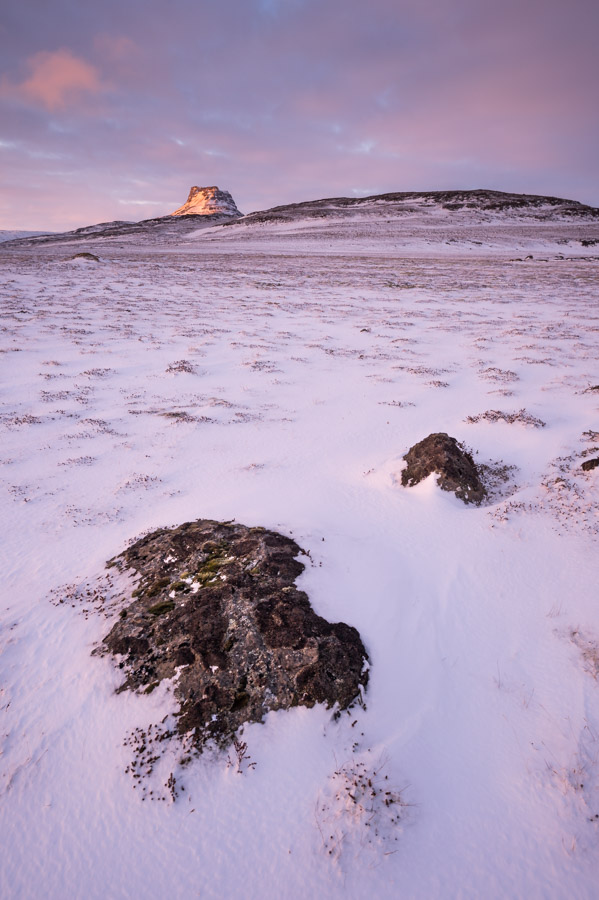
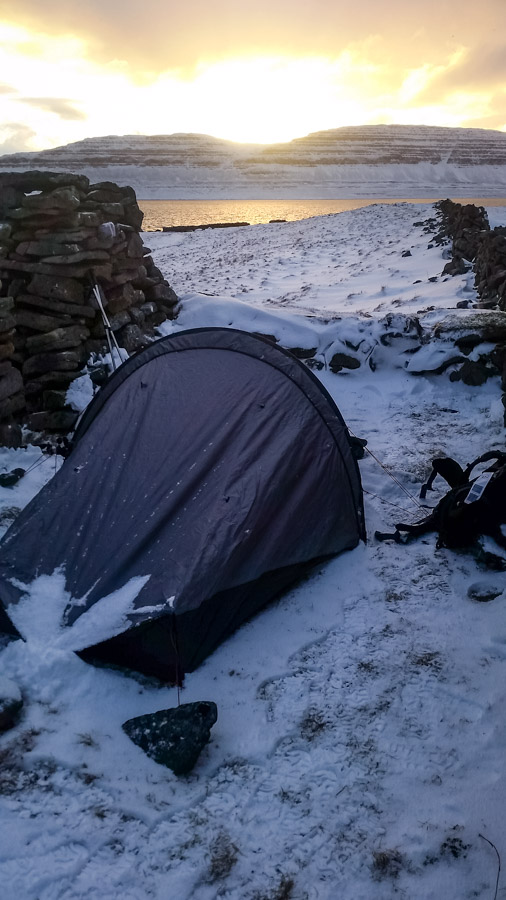
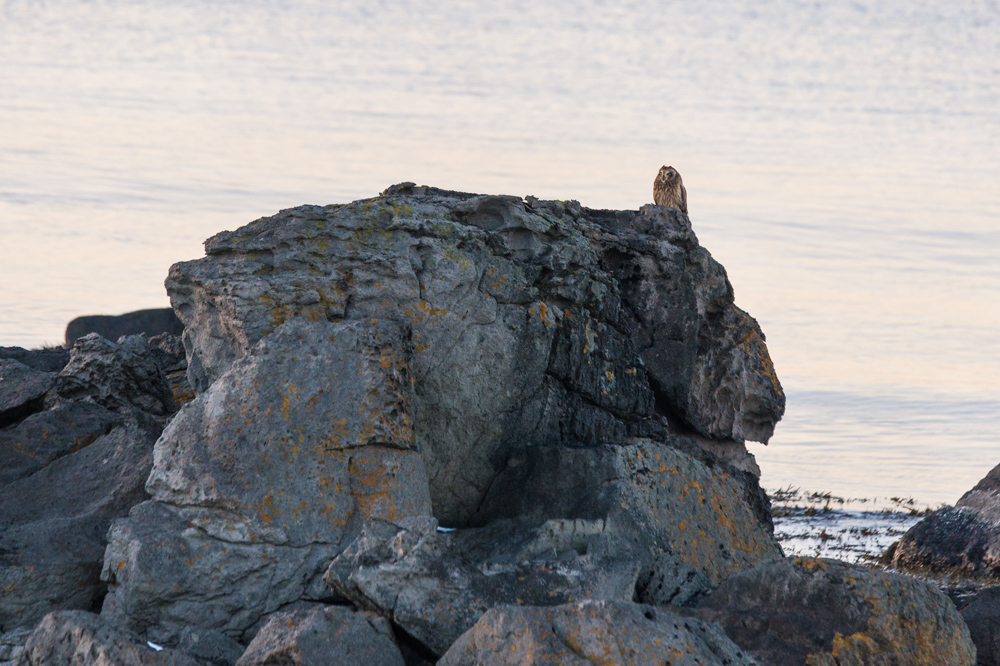
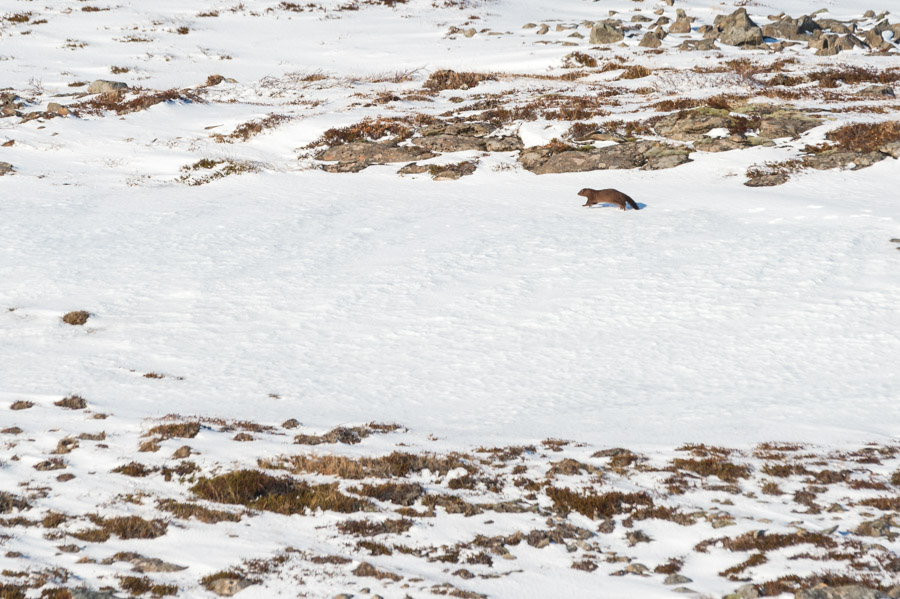
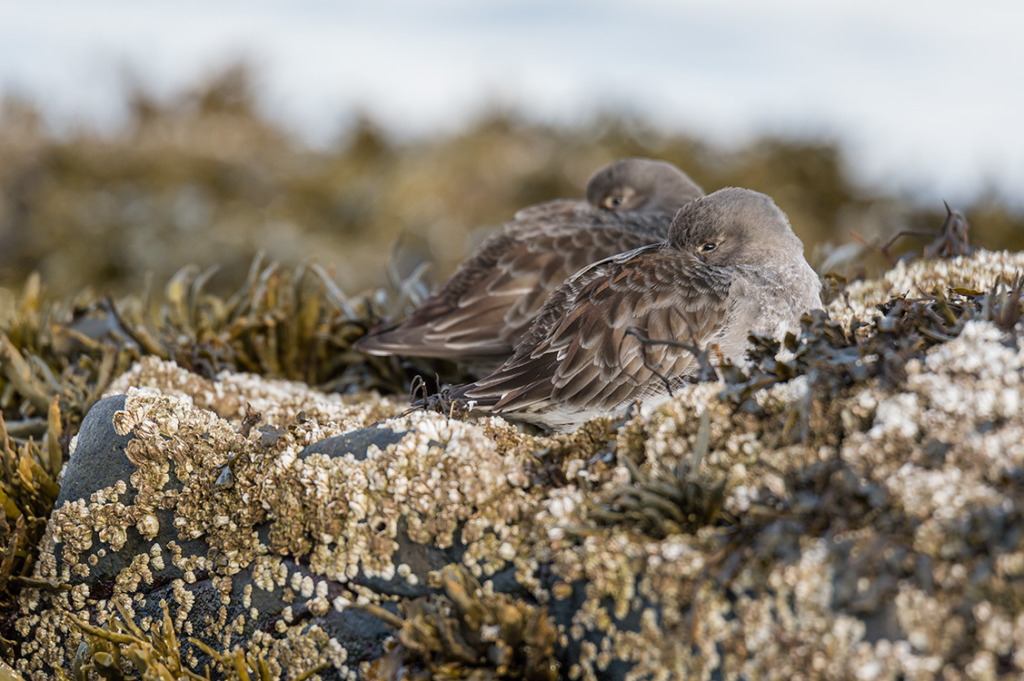
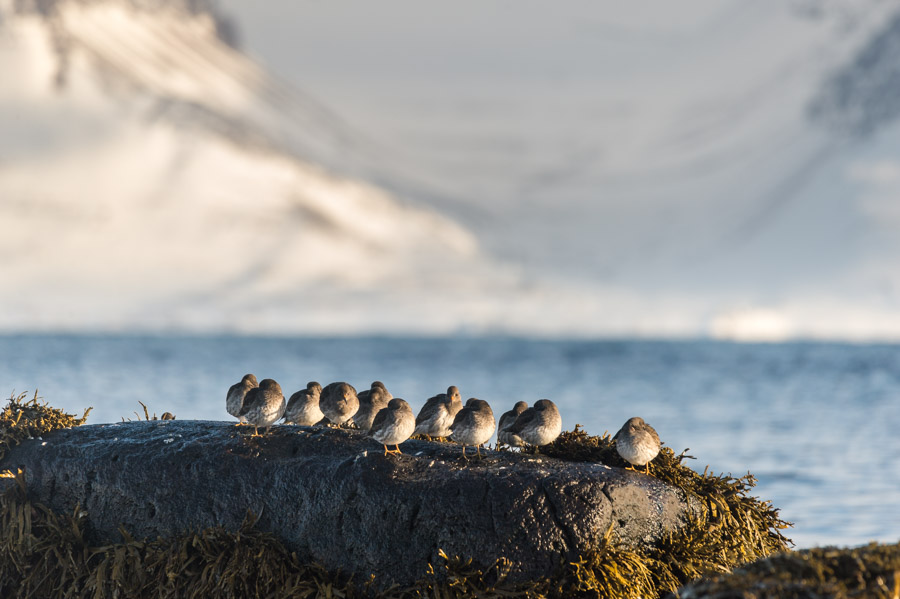
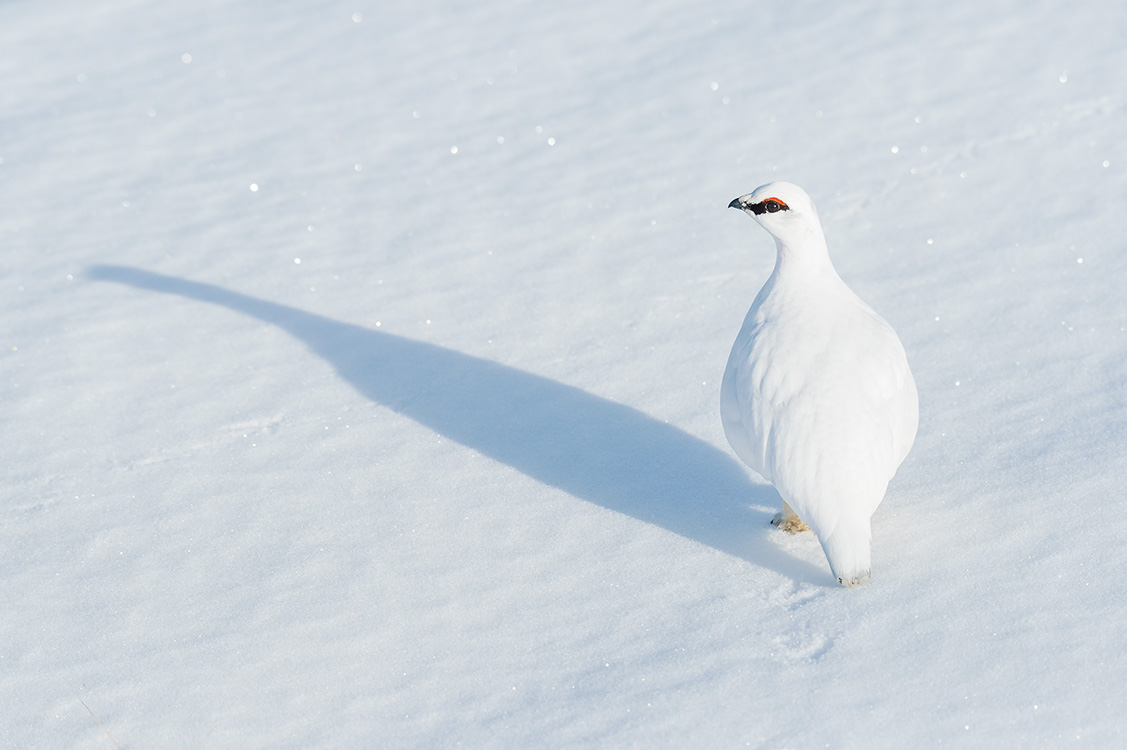
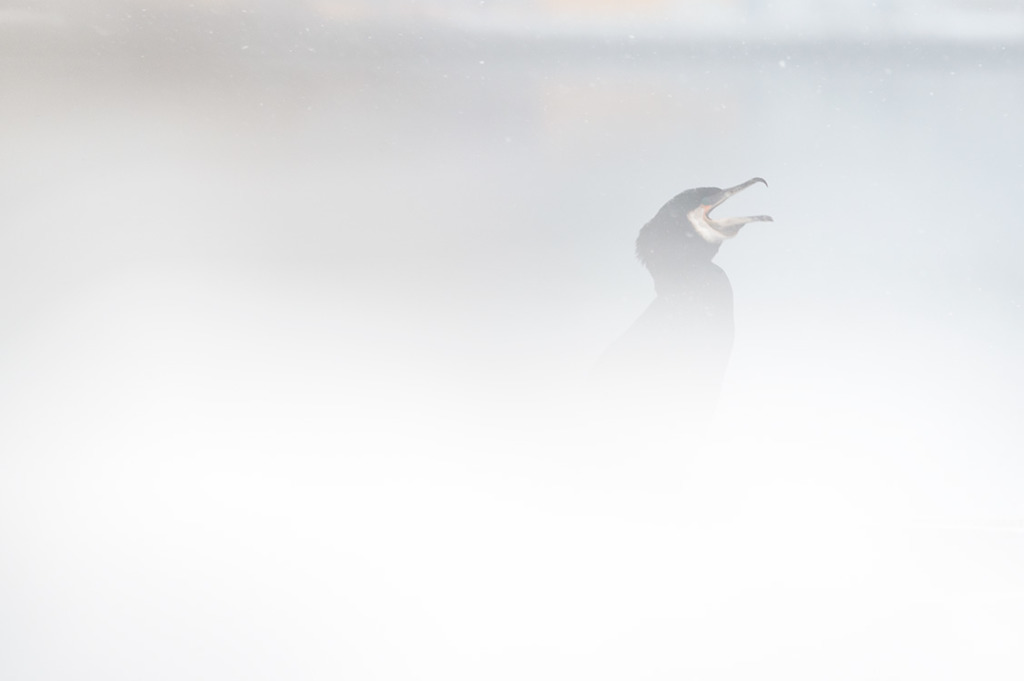
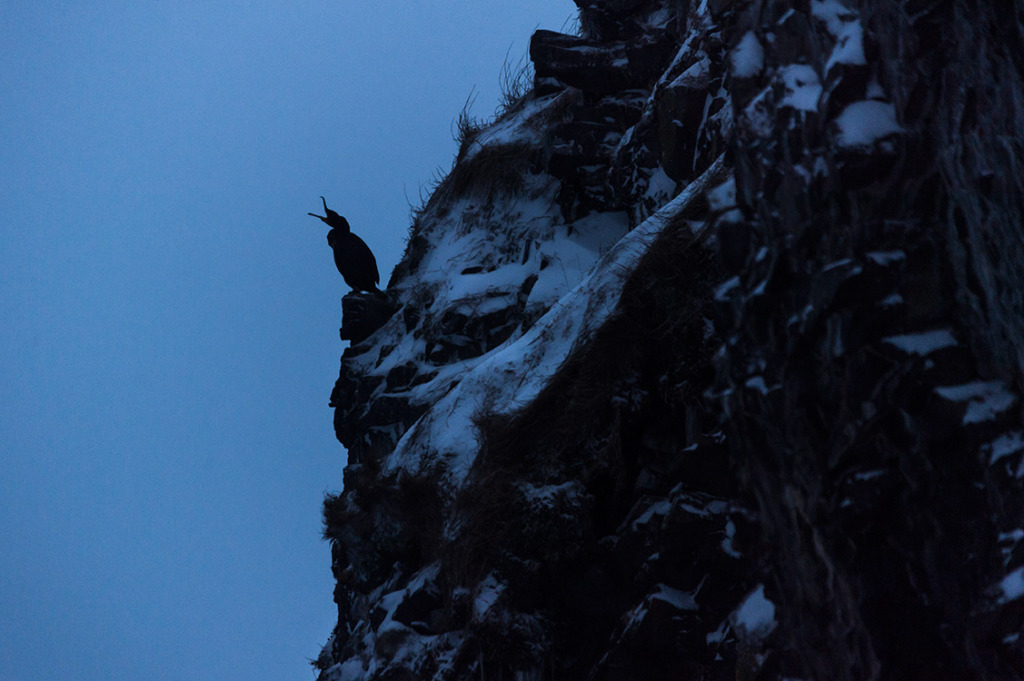
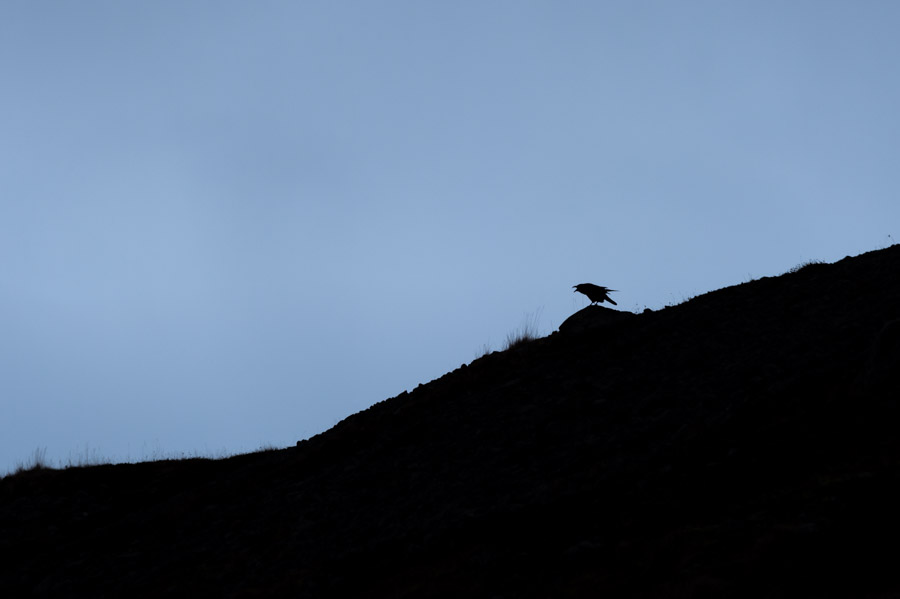
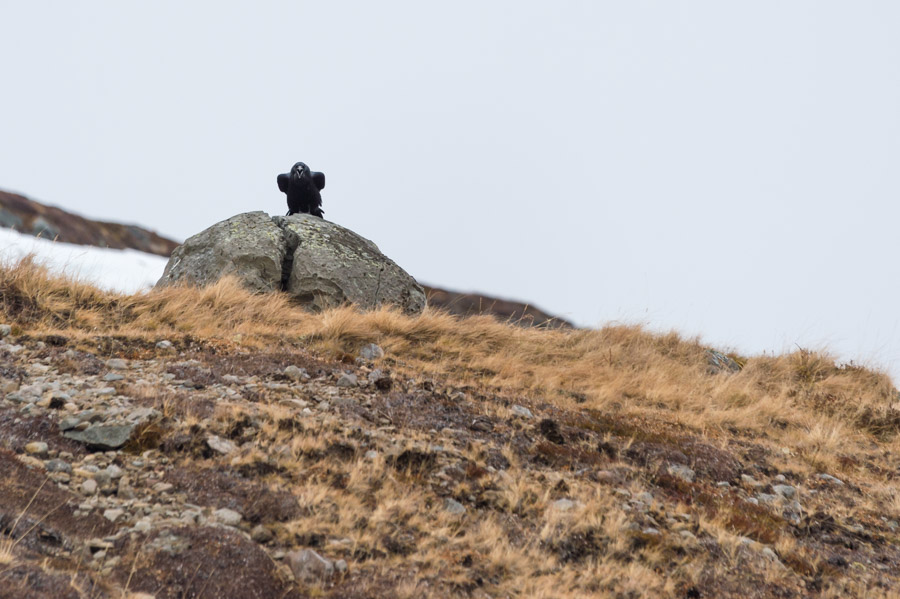
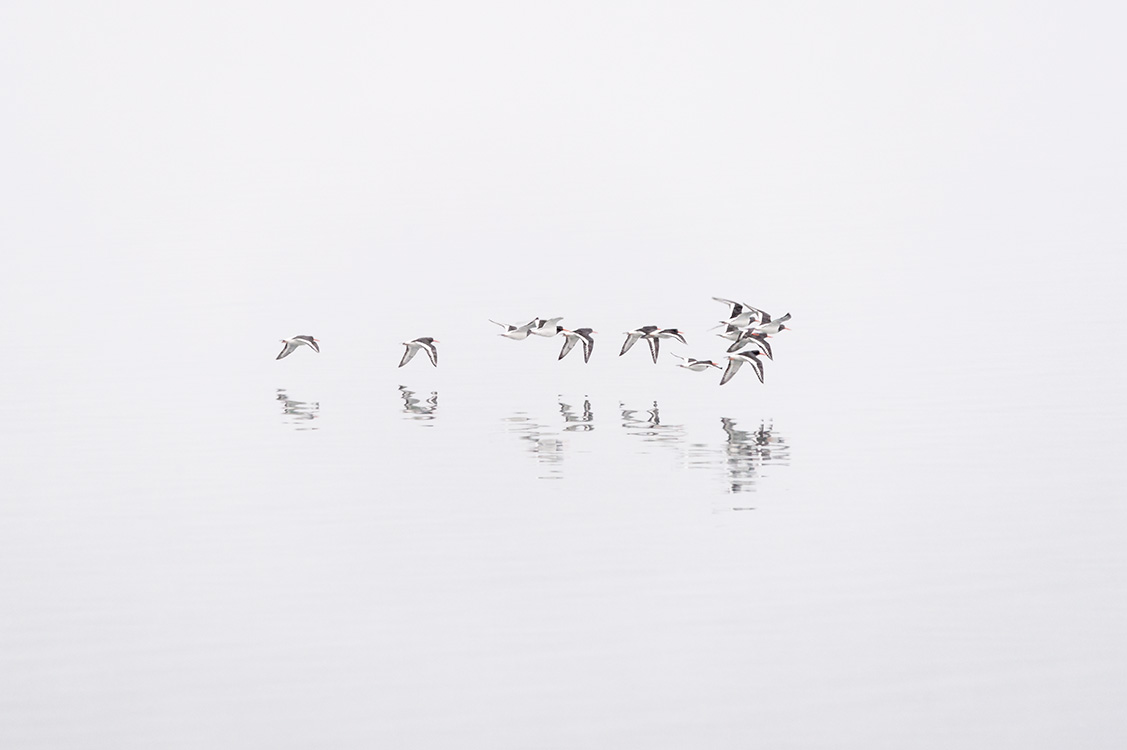
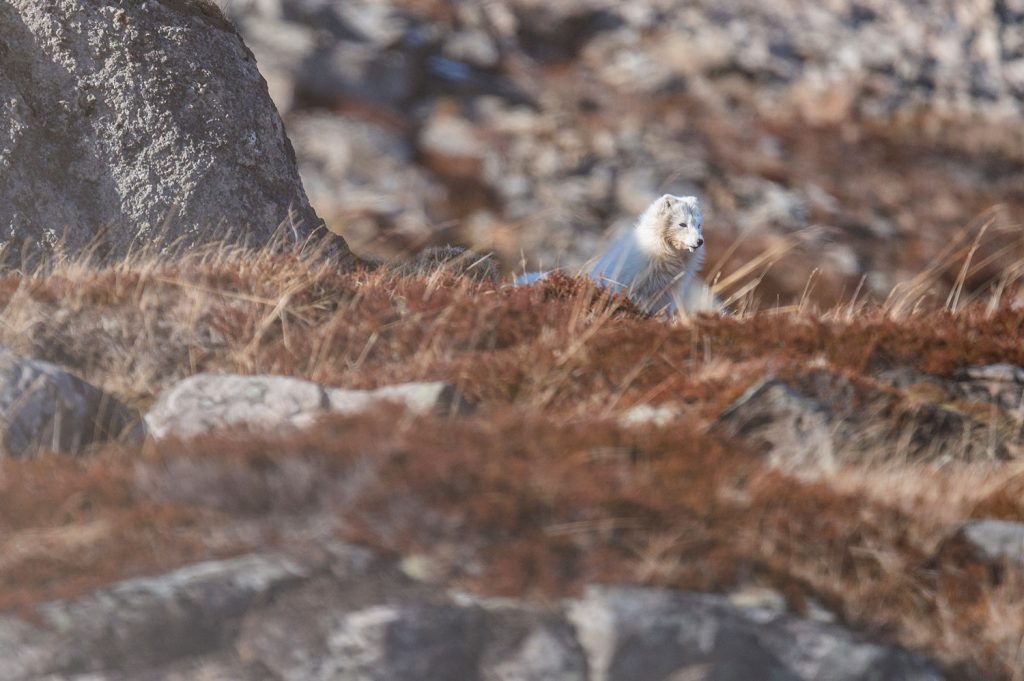
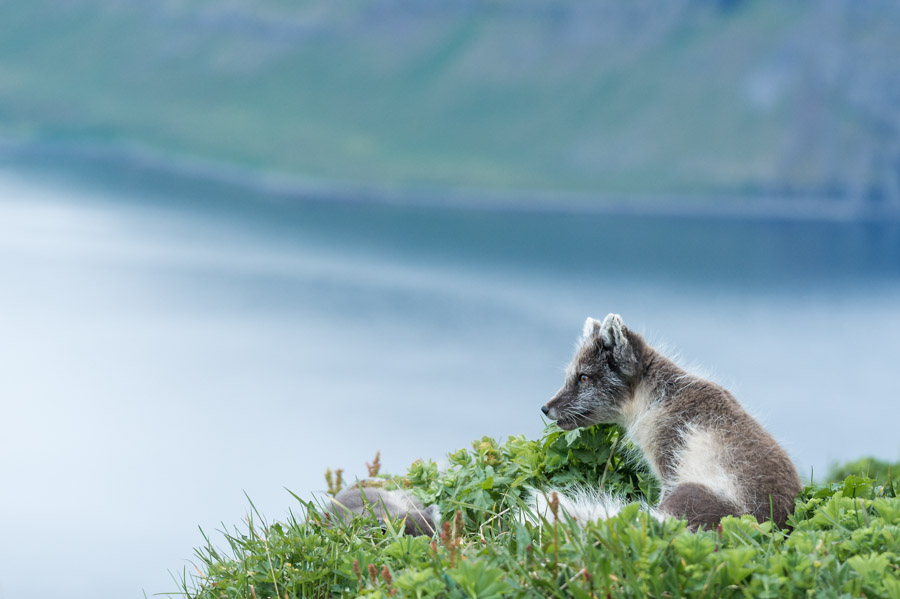
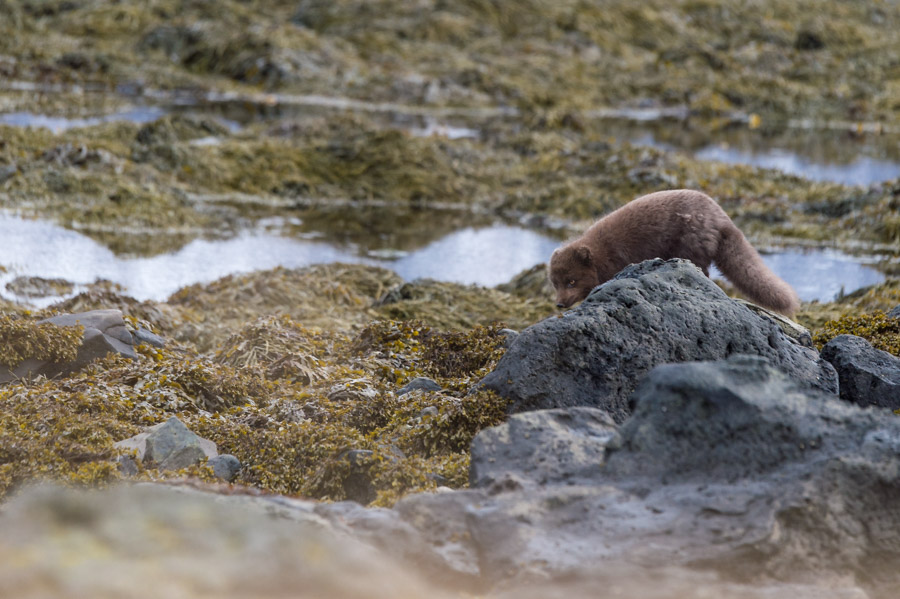
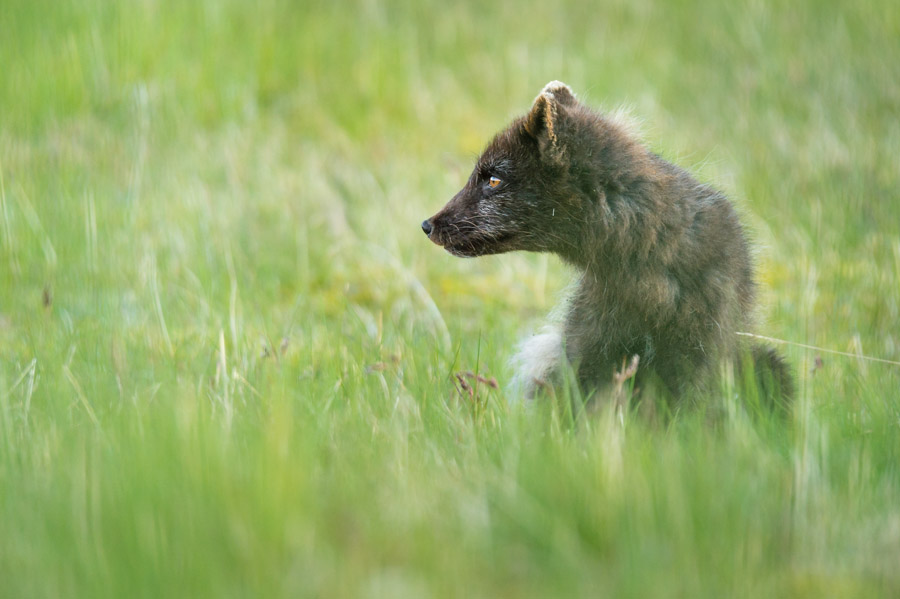
Sorry, the comment form is closed at this time.